

News
Tesla AI Day News Roundup: Optimus, FSD Beta & Dojo updates
Tesla AI Day has officially kicked off. Guests have started entering the venue already.
AI Day is an event mainly held to recruit talented people and welcome them to Tesla. However, it is still a Tesla event, so everyone expects some product surprises and updates, specifically about the company’s humanoid robot, Optimus, Dojo, and Full Self-Driving.
Teslarati will be closely following the event. This is our news roundup for 2022 AI Day, covering key information Tesla reveals at the event.
Photos and Videos aren’t allowed during the event from attendees. However, guests were able to capture some cool photos of a Tesla Semi with Cybertruck graffiti, a literal fork on the road, and some other cool set ups around the premises.
Tesla’s former AI Head, Andrej Karpathy, has brought out the (metaphorical) popcorn. His brief “comment” hints that AI Day 2022 might be as exciting as everyone anticipates.
Elon Musk set some expectations about Optimus, reminding everyone that during AI Day 2021, Tesla’s humanoid bot was just “a guy in a robot suit.” Musk also laid out the topics for AI Day 2022, saying that Tesla will talk about Autopilot and Dojo, too.
Optimus Takes the Stage
Tesla didn’t waste any time and brought out Optimus immediately. According to a Tesla mechanical engineer, AI Day 2022 is the first time Optimus has been “let out”– so to speak– without any external support.
“This is literally the first time the robot has walked on stage without a tether, on stage tonight,” Musk added. “The robot can actually do a lot more than we showed you. We just don’t want it to fall on its face.”
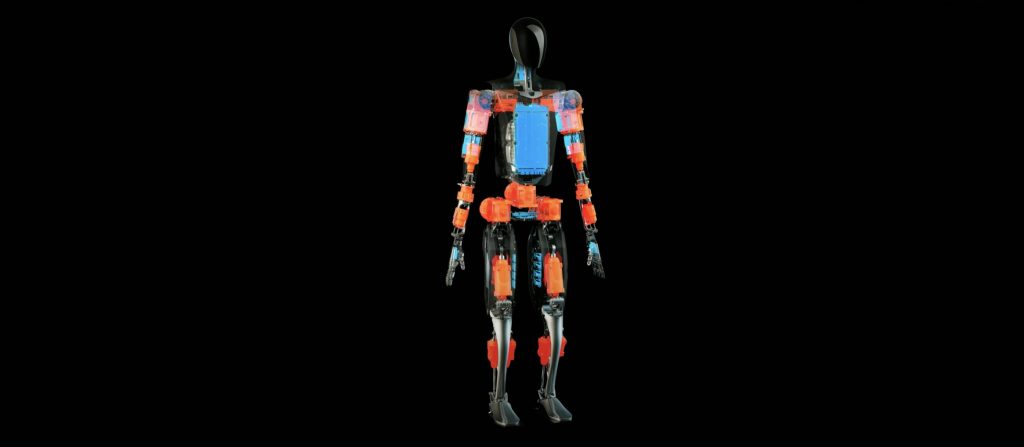

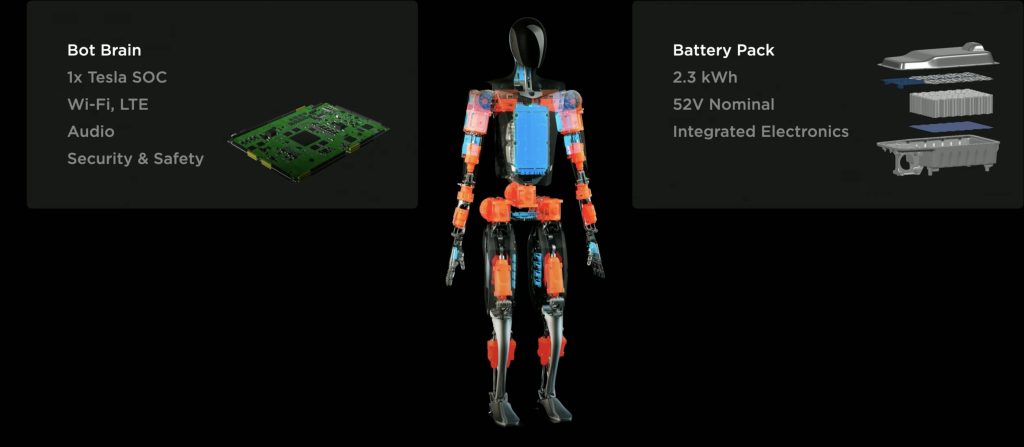
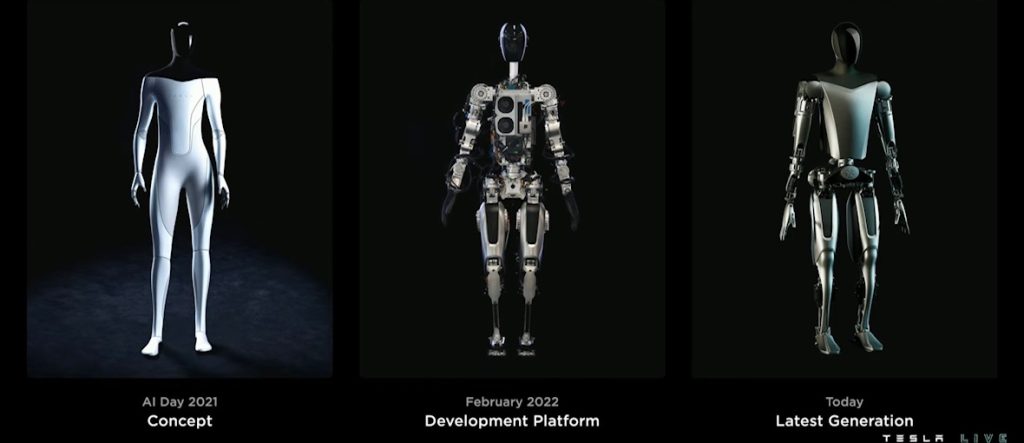
Tesla reveals videos of Optimus or in this case “Bumble-Cee” doing “work” around the Tesla office. Optimus carried a box from one area to another, watered plants, and even worked at the factory for a bit. The Tesla bot’s vision is very similar Autopilot.
Tesla also revealed Optimus’ potential final unit one production design. “Our goal is to make a useful humanoid robot as soon as possible,” said Elon Musk. The Tesla CEO also shared that Tesla aims to make Optimus’ price less than $20,000 or cheaper than a car.
Tesla is using some of the technology in its car in Optimus’ body as well, such as the battery pack, cooling system and more. The company also uses that same technology it uses for its cars to simulate Optimus’ movements and reactions to external collisions.

Tesla is basing Optimus’ body design on the human body. The company has been closely studying the structure of the human body while making the humanoid robot’s overall design. For instance, Tesla designed Optimus’ hands with the idea that factories worldwide are designed ergonomically, or optimized for the human hand. Teslarati briefly covered the significance of robots’ hands in a previous article, linked below.
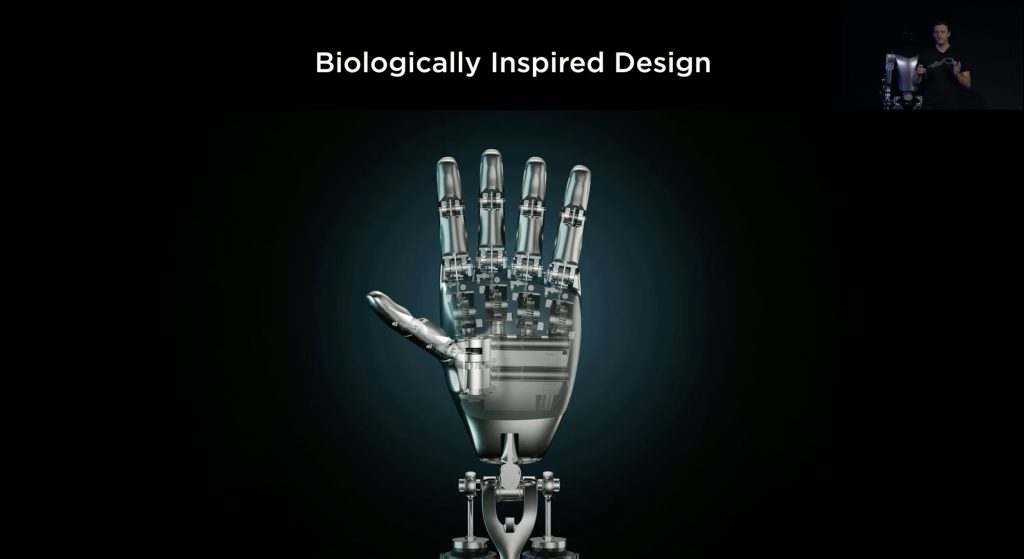

FSD Beta Updates
The Tesla FSD Beta now has 160,000 customers, compared to 2,000 customers in 2021. Tesla is expected to release v.10.69.2.3 after AI Day, although a precise roll out date has not be announced yet.
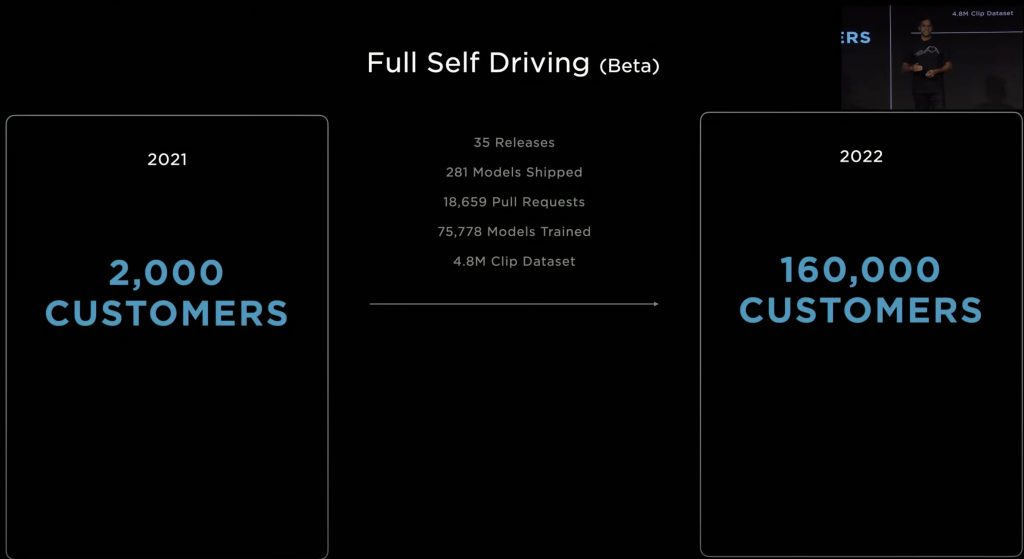
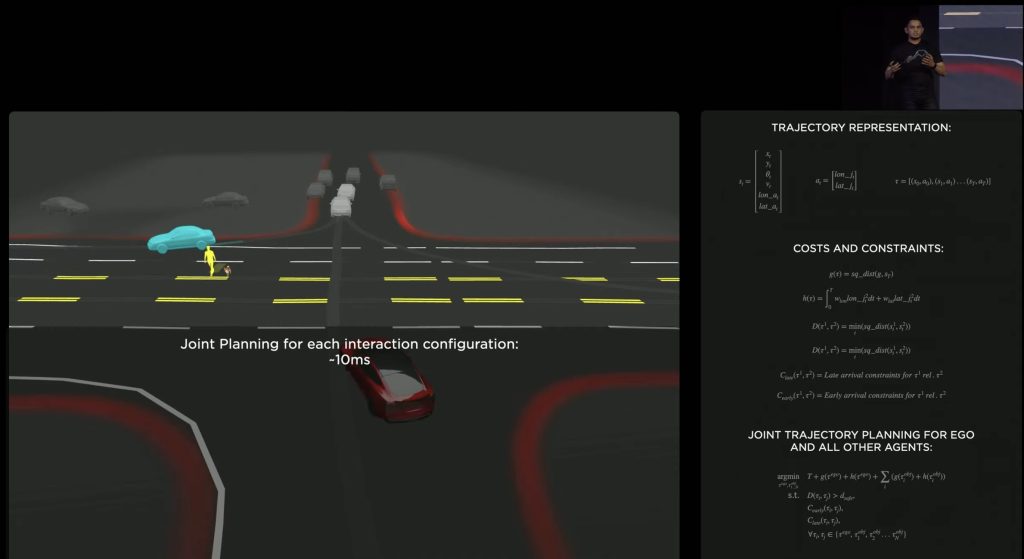
Tesla explained the progress its made with Full Self-Driving Beta. The Tesla FSD experts explained how the Full Self-Driving makes decision to AI day guests and the role that customer data played to refine the software. The company also explained occupancy and the role it plays with 3D mapping and providing a birds-eye-view for the car. Tesla is working hard to optimize its video model training as well.
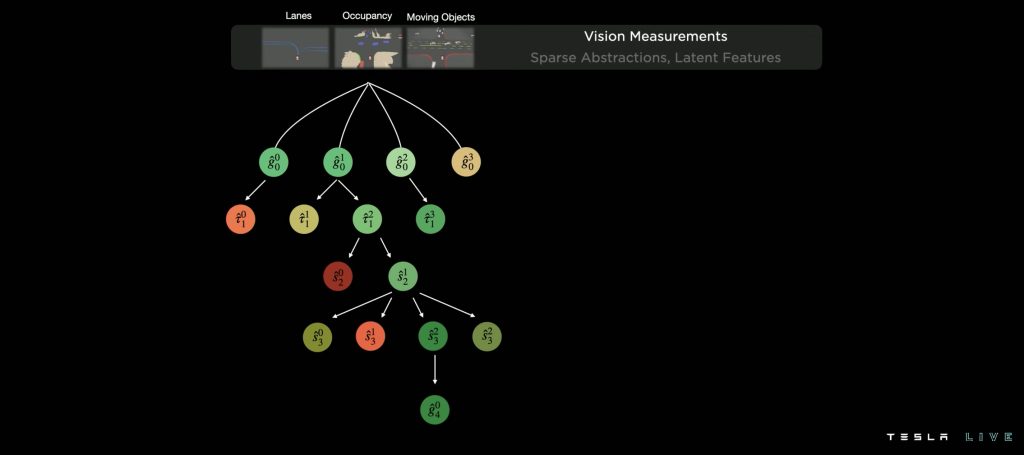
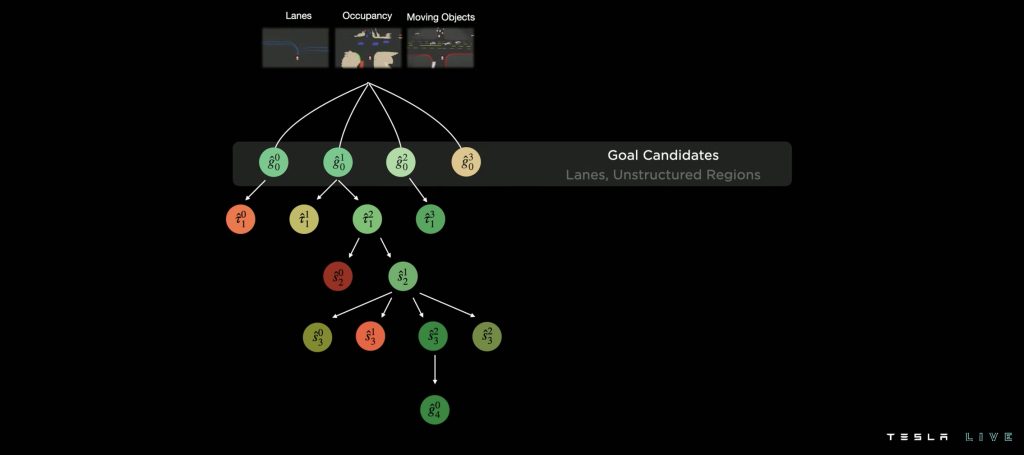
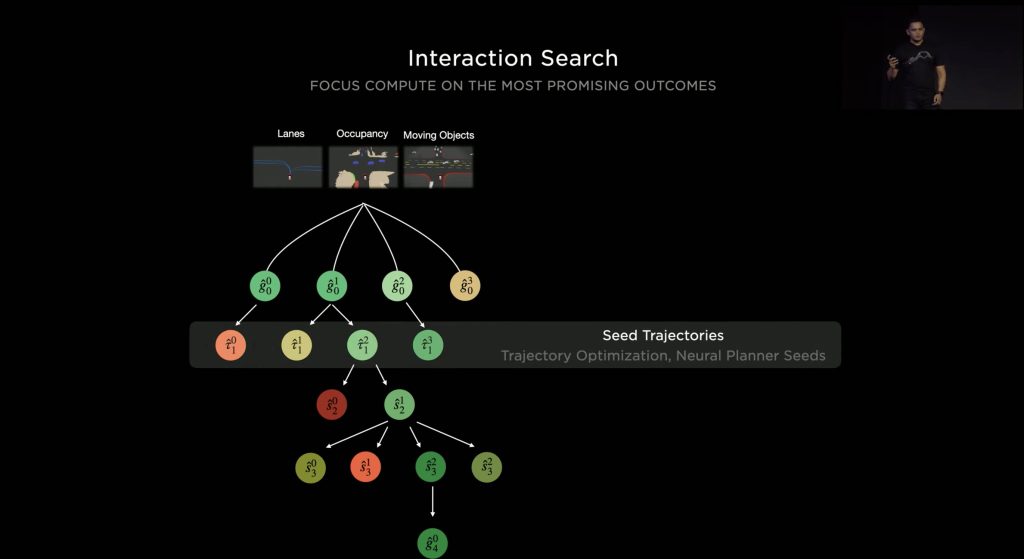
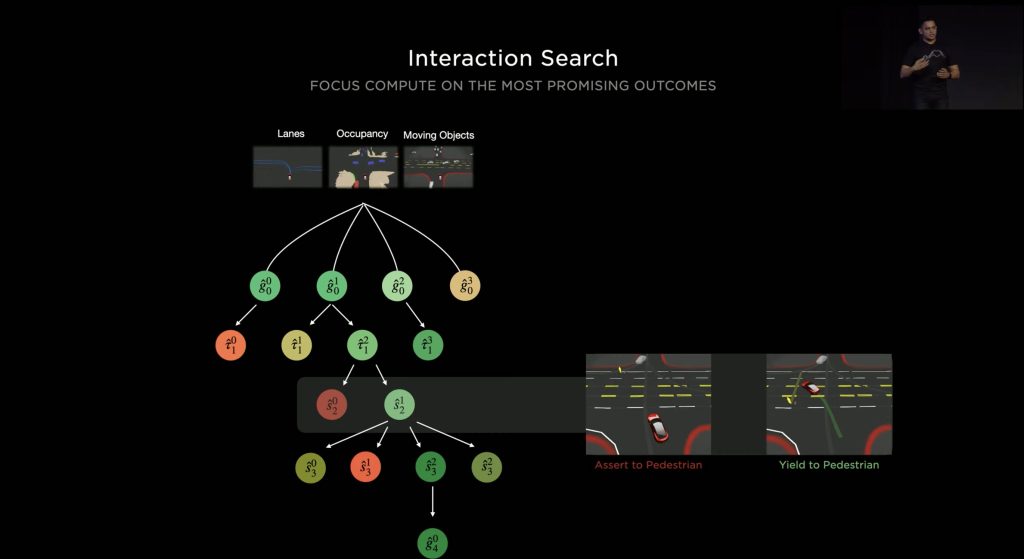


Tesla also talked a lot about its FSD Lane Networks during AI Day 2022. In the past few weeks, Teslarati has received reports from FSD testers, who specifically brought up issues with lane selection. To see “under the hood”–so to speak–somewhat explains the lane issues FSD testers experience on the road.
After multiple test loops and drives, there’s really just one main problem remaining for me at this point on 10.69.2, it’s significant, and that is lane selection,” noted long-time FSD tester Les.
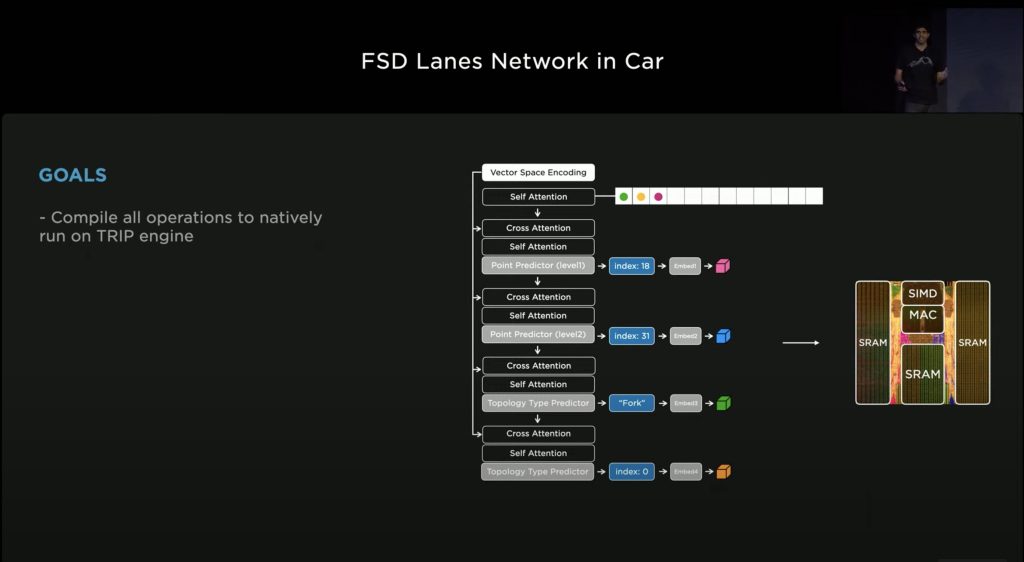

Tesla has developed a new auto-labeling machine to help with 3D labeling. The FSD experts explained how the software uses other clips to fill out the picture under certain conditions when the camera shows an unclear picture.
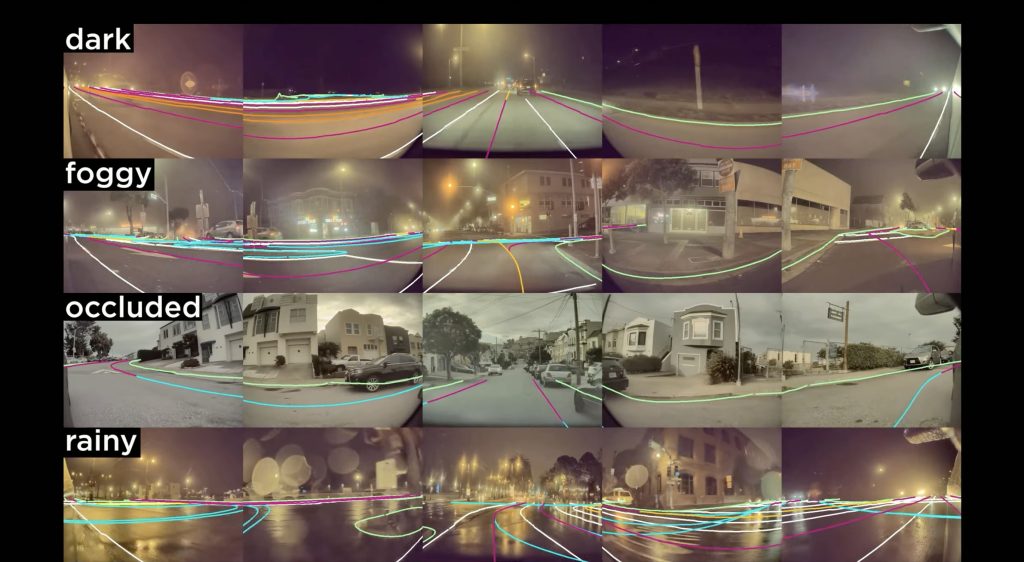
Tesla also talked a bit about simulation. The experts showed how it could simulate worlds or environments, using the data gathered from its fleet. It revealed a simulation of San Francisco that was created within two weeks by one employee. Tesla may update a simulated world quickly and as updated develop.
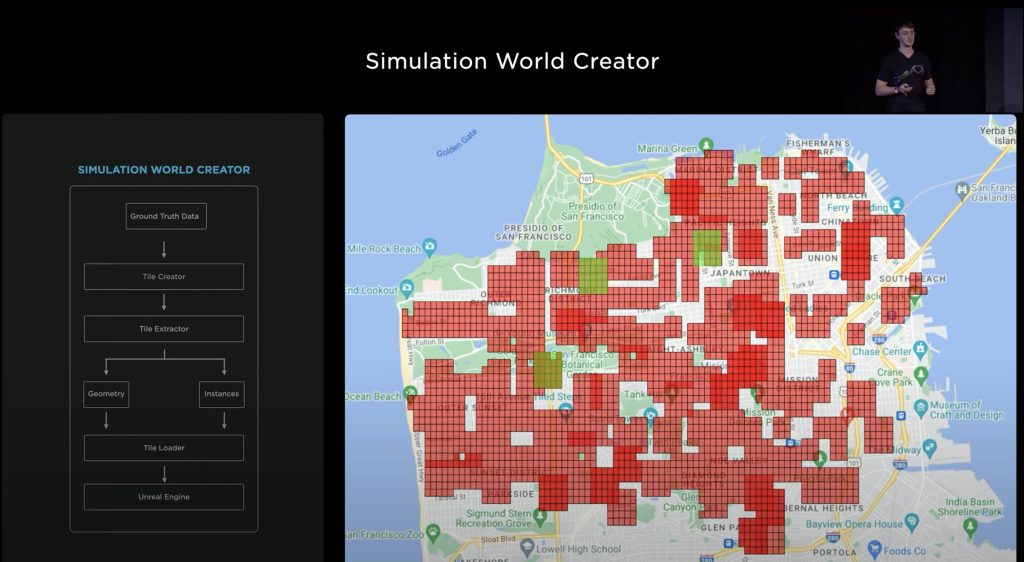
Dojo Updates
Tesla’s goal with Dojo is to build a single accelerator. A key step to realizing its goals was its training tile, which it unveiled during AI Day 2021. Tesla has been trying to figure out how to make its Dojo design scalable and has run into challenges along the way. However, the company’s “fail fast” mindset has helped it push through road blocks and move forward.


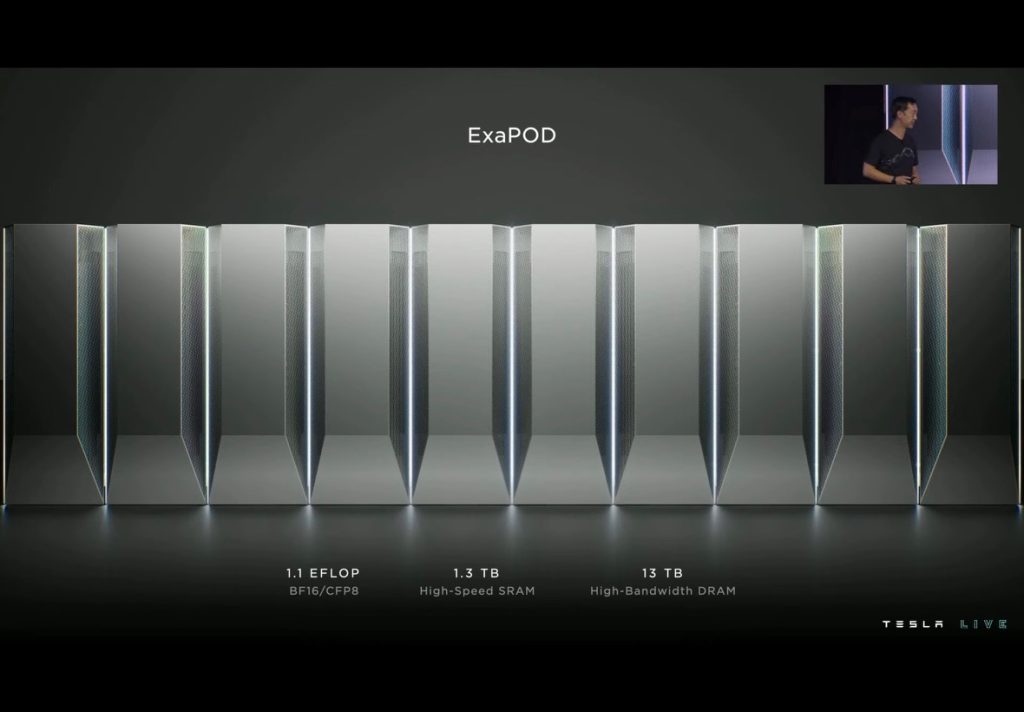
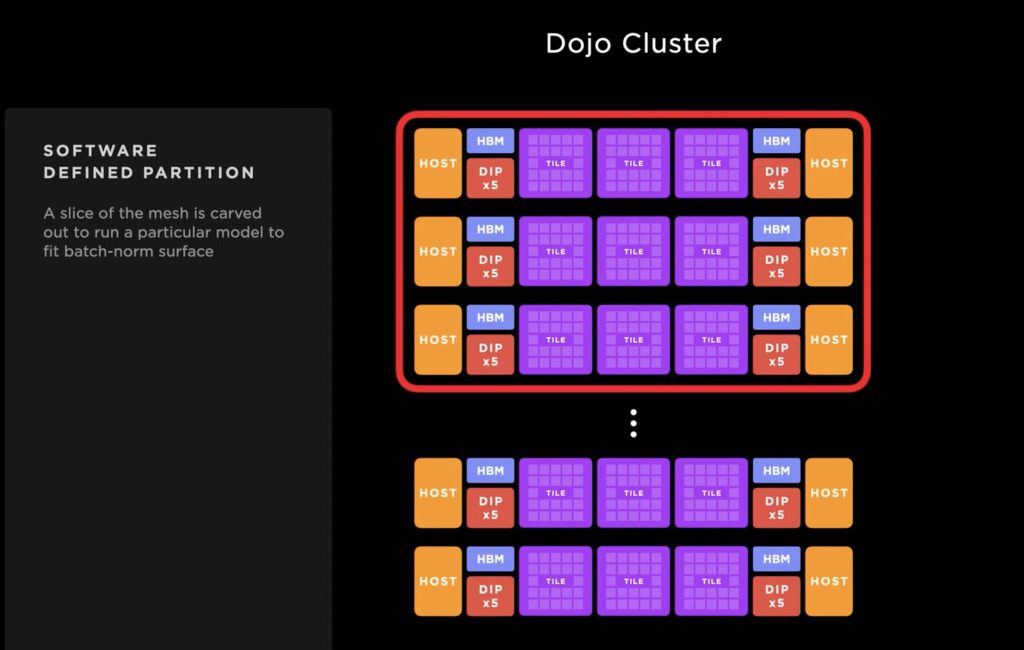
The Dojo team showed images of a Cybertruck and Semi running on Mars using stable diffusion achieved through Dojo.
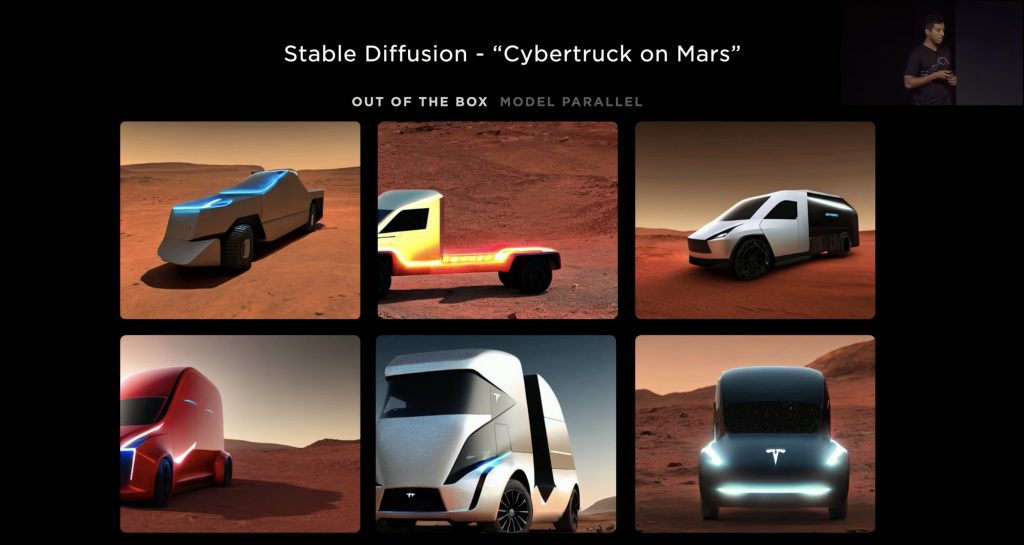
Tesla experts explained that Dojo reduced work that would usually take months to a single week.
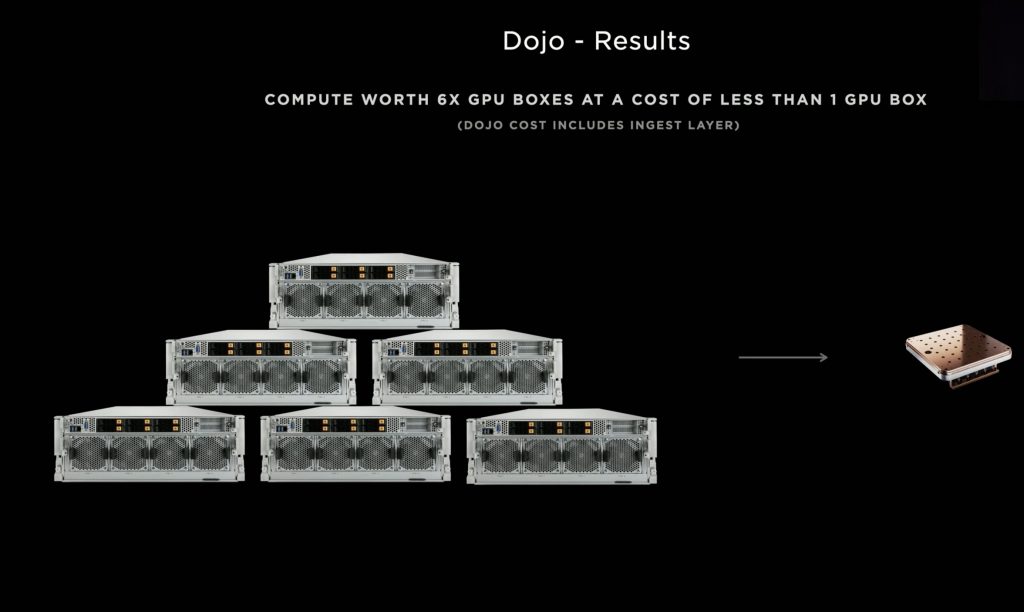
Tesla plans to build its first Exapod by 2023, which is expected to significantly increase its autolabeling output . It will be the first Exapod of 7 that Tesla plans to build in Palo Alto.

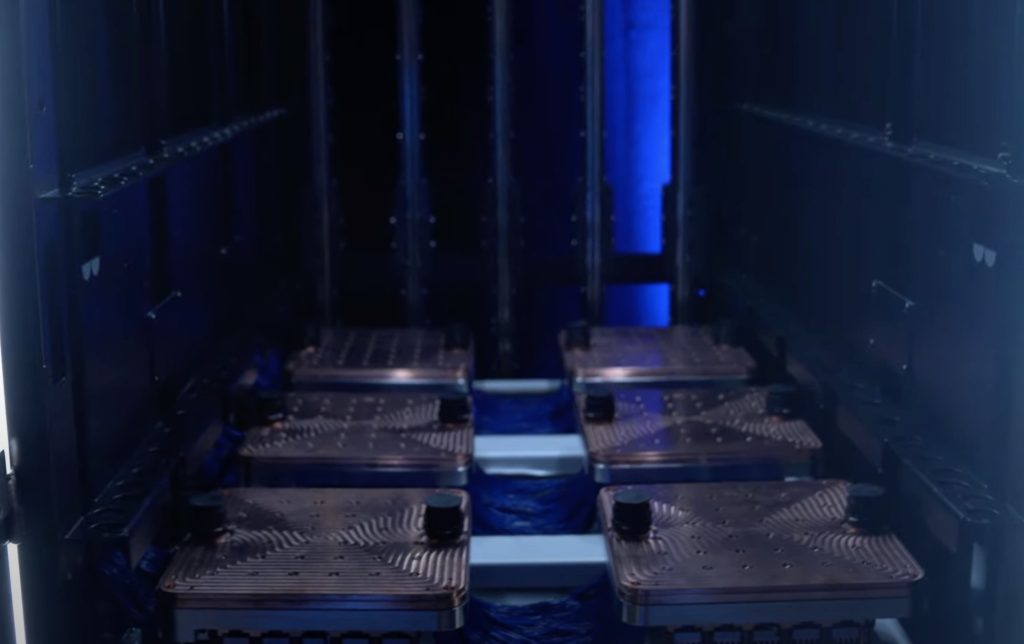
Tesla ended AI Day 2022 by answering questions from attendees. Tesla hopes that through their thorough explanations during the event, the company would be seen as more than an automaker. And, of course, Tesla hopes that its AI Day 2022 presentation also entices talented individuals to join the company.
The Teslarati team would appreciate hearing from you. If you have any tips, contact me at maria@teslarati.com or via Twitter @Writer_01001101.

Elon Musk
Starlink passes 9 million active customers just weeks after hitting 8 million
The milestone highlights the accelerating growth of Starlink, which has now been adding over 20,000 new users per day.

SpaceX’s Starlink satellite internet service has continued its rapid global expansion, surpassing 9 million active customers just weeks after crossing the 8 million mark.
The milestone highlights the accelerating growth of Starlink, which has now been adding over 20,000 new users per day.
9 million customers
In a post on X, SpaceX stated that Starlink now serves over 9 million active users across 155 countries, territories, and markets. The company reached 8 million customers in early November, meaning it added roughly 1 million subscribers in under seven weeks, or about 21,275 new users on average per day.
“Starlink is connecting more than 9M active customers with high-speed internet across 155 countries, territories, and many other markets,” Starlink wrote in a post on its official X account. SpaceX President Gwynne Shotwell also celebrated the milestone on X. “A huge thank you to all of our customers and congrats to the Starlink team for such an incredible product,” she wrote.
That growth rate reflects both rising demand for broadband in underserved regions and Starlink’s expanding satellite constellation, which now includes more than 9,000 low-Earth-orbit satellites designed to deliver high-speed, low-latency internet worldwide.
Starlink’s momentum
Starlink’s momentum has been building up. SpaceX reported 4.6 million Starlink customers in December 2024, followed by 7 million by August 2025, and 8 million customers in November. Independent data also suggests Starlink usage is rising sharply, with Cloudflare reporting that global web traffic from Starlink users more than doubled in 2025, as noted in an Insider report.
Starlink’s momentum is increasingly tied to SpaceX’s broader financial outlook. Elon Musk has said the satellite network is “by far” the company’s largest revenue driver, and reports suggest SpaceX may be positioning itself for an initial public offering as soon as next year, with valuations estimated as high as $1.5 trillion. Musk has also suggested in the past that Starlink could have its own IPO in the future.
News
NVIDIA Director of Robotics: Tesla FSD v14 is the first AI to pass the “Physical Turing Test”
After testing FSD v14, Fan stated that his experience with FSD felt magical at first, but it soon started to feel like a routine.

NVIDIA Director of Robotics Jim Fan has praised Tesla’s Full Self-Driving (Supervised) v14 as the first AI to pass what he described as a “Physical Turing Test.”
After testing FSD v14, Fan stated that his experience with FSD felt magical at first, but it soon started to feel like a routine. And just like smartphones today, removing it now would “actively hurt.”
Jim Fan’s hands-on FSD v14 impressions
Fan, a leading researcher in embodied AI who is currently solving Physical AI at NVIDIA and spearheading the company’s Project GR00T initiative, noted that he actually was late to the Tesla game. He was, however, one of the first to try out FSD v14.
“I was very late to own a Tesla but among the earliest to try out FSD v14. It’s perhaps the first time I experience an AI that passes the Physical Turing Test: after a long day at work, you press a button, lay back, and couldn’t tell if a neural net or a human drove you home,” Fan wrote in a post on X.
Fan added: “Despite knowing exactly how robot learning works, I still find it magical watching the steering wheel turn by itself. First it feels surreal, next it becomes routine. Then, like the smartphone, taking it away actively hurts. This is how humanity gets rewired and glued to god-like technologies.”
The Physical Turing Test
The original Turing Test was conceived by Alan Turing in 1950, and it was aimed at determining if a machine could exhibit behavior that is equivalent to or indistinguishable from a human. By focusing on text-based conversations, the original Turing Test set a high bar for natural language processing and machine learning.
This test has been passed by today’s large language models. However, the capability to converse in a humanlike manner is a completely different challenge from performing real-world problem-solving or physical interactions. Thus, Fan introduced the Physical Turing Test, which challenges AI systems to demonstrate intelligence through physical actions.
Based on Fan’s comments, Tesla has demonstrated these intelligent physical actions with FSD v14. Elon Musk agreed with the NVIDIA executive, stating in a post on X that with FSD v14, “you can sense the sentience maturing.” Musk also praised Tesla AI, calling it the best “real-world AI” today.
News
Tesla AI team burns the Christmas midnight oil by releasing FSD v14.2.2.1
The update was released just a day after FSD v14.2.2 started rolling out to customers.

Tesla is burning the midnight oil this Christmas, with the Tesla AI team quietly rolling out Full Self-Driving (Supervised) v14.2.2.1 just a day after FSD v14.2.2 started rolling out to customers.
Tesla owner shares insights on FSD v14.2.2.1
Longtime Tesla owner and FSD tester @BLKMDL3 shared some insights following several drives with FSD v14.2.2.1 in rainy Los Angeles conditions with standing water and faded lane lines. He reported zero steering hesitation or stutter, confident lane changes, and maneuvers executed with precision that evoked the performance of Tesla’s driverless Robotaxis in Austin.
Parking performance impressed, with most spots nailed perfectly, including tight, sharp turns, in single attempts without shaky steering. One minor offset happened only due to another vehicle that was parked over the line, which FSD accommodated by a few extra inches. In rain that typically erases road markings, FSD visualized lanes and turn lines better than humans, positioning itself flawlessly when entering new streets as well.
“Took it up a dark, wet, and twisty canyon road up and down the hill tonight and it went very well as to be expected. Stayed centered in the lane, kept speed well and gives a confidence inspiring steering feel where it handles these curvy roads better than the majority of human drivers,” the Tesla owner wrote in a post on X.
Tesla’s FSD v14.2.2 update
Just a day before FSD v14.2.2.1’s release, Tesla rolled out FSD v14.2.2, which was focused on smoother real-world performance, better obstacle awareness, and precise end-of-trip routing. According to the update’s release notes, FSD v14.2.2 upgrades the vision encoder neural network with higher resolution features, enhancing detection of emergency vehicles, road obstacles, and human gestures.
New Arrival Options also allowed users to select preferred drop-off styles, such as Parking Lot, Street, Driveway, Parking Garage, or Curbside, with the navigation pin automatically adjusting to the ideal spot. Other refinements include pulling over for emergency vehicles, real-time vision-based detours for blocked roads, improved gate and debris handling, and Speed Profiles for customized driving styles.








